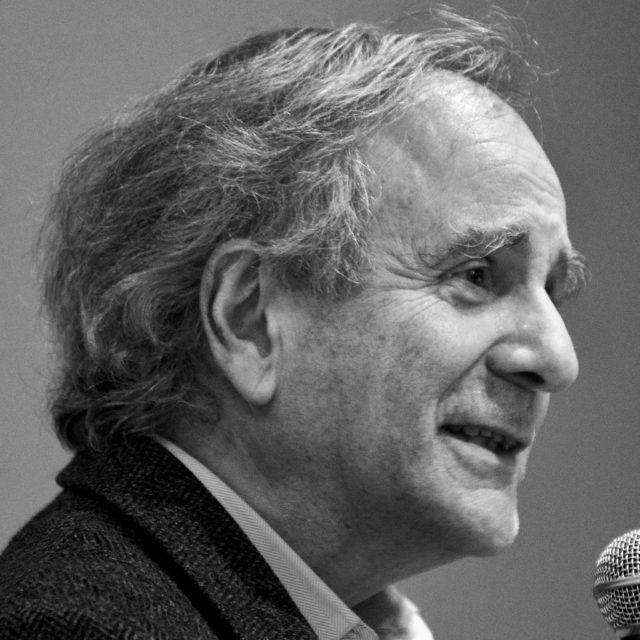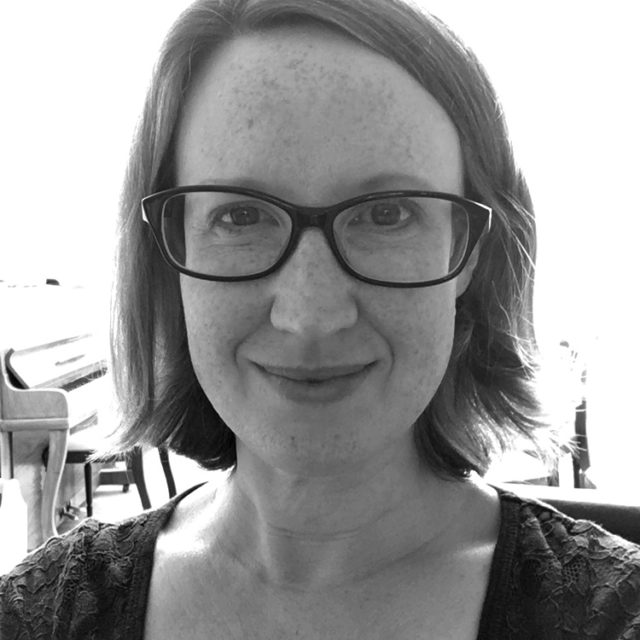Michelle Sheehan
What A-Movement Can Tell Us About Phases: A Study of Long Passives
Conferencista
Moderador(a)
-
Charlotte Galves

Charlotte Galves
Charlotte Galves é doutora em Língua Portuguesa – Université de Paris IV (Paris-Sorbonne) (1980). Atualmente é professora titular da Universidade Estadual de Campinas. Tem experiência na área de Lingüística, com ênfase em Descrição e Análise do Português, atuando principalmente nos seguintes temas: descrição comparativa do português europeu, português brasileiro e português clássico no quadro teórico da gramática gerativa; história gramatical da língua portuguesa nas suas diversas vertentes; interface fonologia-sintaxe e seu papel na mudança linguística; elaboração e uso de grandes corpora eletrônicos anotados de língua; modelagem probabilística em linguística.
Debatedores
-
Ian Roberts
-
Richard S. Kayne

Richard S. Kayne
Richard Stanley Kayne is Professor of Linguistics in the Linguistics Department at New York University.
After receiving an A.B. in mathematics from Columbia College, New York City in 1964, he studied linguistics at the Massachusetts Institute of Technology, receiving his Ph.D. in 1969. He then taught at the University of Paris VIII (1969–1986), MIT (1986–1988) and the City University of New York (1988–1997), becoming Professor at New York University in 1997.
He has made prominent contributions to the study of the syntax of English and the Romance languages within the framework of transformational grammar. His theory of Antisymmetry has become part of the canon of the Minimalist syntax literature.
Resumo →
Michelle Sheehan
What A-Movement Can Tell Us About Phases: A Study of Long Passives
In this talk, which draws on recent and ongoing joint work with Sonia Cyrino, Anna Pineda and Jan Casalicchio, I consider cross-linguistic variation in the availability of long passives of causative/perception verbs of the kind in (1-2), focusing mainly on English and Romance languages:
(1) Gianni è stato fatto/visto uscire. [Italian]
(2) John was made/seen (*to) leave.
This is an area of rich variation across Romance languages, with French being highly restrictive and Italian highly permissive and European Portuguese, Brazilian Portuguese, Catalan and Spanish somewhere in between. In all these languages there are differences depending on the specific matrix verb involved and sensitivity to the argument structure of the complement. I develop an analysis of this complex variation along the following lines: long passivization is blocked wherever the complement of a causative/perception verb is a phase. This attributes restrictions on long passivization to the Phase Impenetrability Condition, as I will show. In simple terms, cases like (1) and (2) are licit because the complement of the causative/perception verb here is a TP, with an EPP feature feeding successive cyclic A-movement. I show that this approach goes a long way towards explaining the attested patterns of variation across a number of Romance languages whilst also offering strong indirect support for the existence of phases (domains of syntactic relations) and for specific versions of phase theory.


